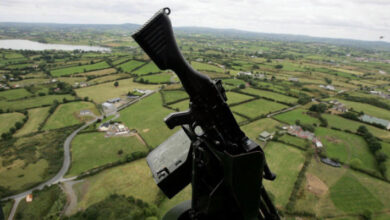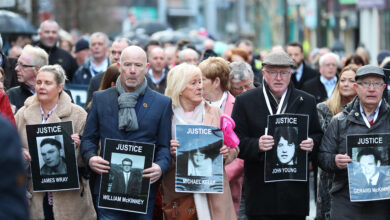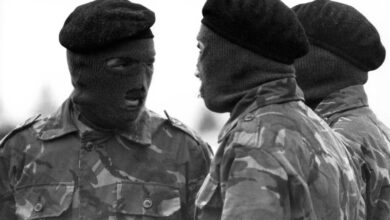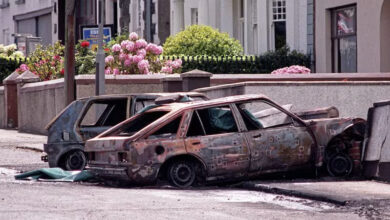Rivelati gli obiettivi IRA a Londra
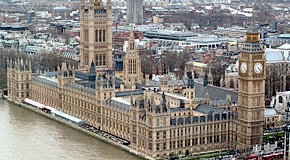
IRA terror targets revealed
IRA terrorists behind a two-year bombing campaign in the 1970s compiled lists of hundreds of possible targets – including MPs, soldiers and Buckingham Palace – newly released files have revealed.
 Police found a huge number of names and addresses when they raided a north London flat used as an IRA bomb factory after the Balcombe Street siege of December 1975.
Police found a huge number of names and addresses when they raided a north London flat used as an IRA bomb factory after the Balcombe Street siege of December 1975.
A list of the potential targets was prepared for then-prime minister Harold Wilson.
It includes high-profile visitor attractions in the heart of the capital such as the British Museum, Madame Tussauds, the National Gallery, the Imperial War Museum and the Tate Gallery (now Tate Britain).
Also listed are the Queen’s Gallery in Buckingham Palace, University College London, the Stock Exchange, Brixton Prison in south London and Wormwood Scrubs Prison in west London.
Detectives found evidence that the terrorists were also considering less well-known targets, including a number of power stations, aerodromes, shooting ranges, water pumping stations and sewage works around the capital.
The previously secret list, made public today by the National Archives, includes the dates and venues of specific functions, among them events held by the Law Society, the Royal Welsh Fusiliers and the Combined Cadet Defence Corps.
There are also details of military establishments, including the Army officer’s training academy at Sandhurst in Surrey.
The document also reveals that officers found a newspaper cutting listing the people who attended a memorial service for an ex-commissioner of the Metropolitan Police.
The list was prepared by the Metropolitan Police’s Special Branch based on items found in a flat occupied by the terrorists at 99 Milton Grove in Stoke Newington, north London.
The original document is 86 pages long, but dozens of pages including the names of individuals have not been released.
Among the excluded sections are 23 pages listing “MPs, Lords and other civilian personnel”, nine pages listing police officers and police premises and 35 pages listing named military personnel.
In a covering letter to the document, Bill Innes, then-private secretary at the Home Office, stressed that it was not a “death list”.
He wrote: “It is a compilation of a vast amount of low-grade ‘intelligence’ material found in the flat, which has yet to be assessed and evaluated, and no significance or meaning can be attached to any of the names on the list.”
In a hand-written note on the letter, Mr Wilson remarked that the information was “scrappy”.
He pointed out that some of the details were out of date, noting that one of the people mentioned, Sir Hugh Wontner, is described as Lord Mayor but in fact left the post 13 months earlier.
Mr Wilson urged Scotland Yard to verify the information on the list, writing: “No doubt they will check to see how many are dead, or changed jobs or address – as a guide to age of each piece of paper.”
It is unclear whether those named on the list were ever informed they could be possible IRA targets.
Mr Wilson drew a tick and wrote “Yes” alongside a request that the contents of the document should not be revealed to any of the people on it.
The IRA members involved – Martin O’Connell, Edward Butler, Harry Duggan and Hugh Doherty – carried out a wave of bombings and murders in 1974-75.
Among their victims was author and broadcaster Ross McWhirter, co-editor of the Guinness Book of Records.
They were captured by police on December 12 1975 after a six-day siege in which they held a couple hostage at their flat in Balcombe Street in Marylebone, London.
The four were jailed for life in February 1977 but were freed in April 1999 under the Good Friday Agreement.

